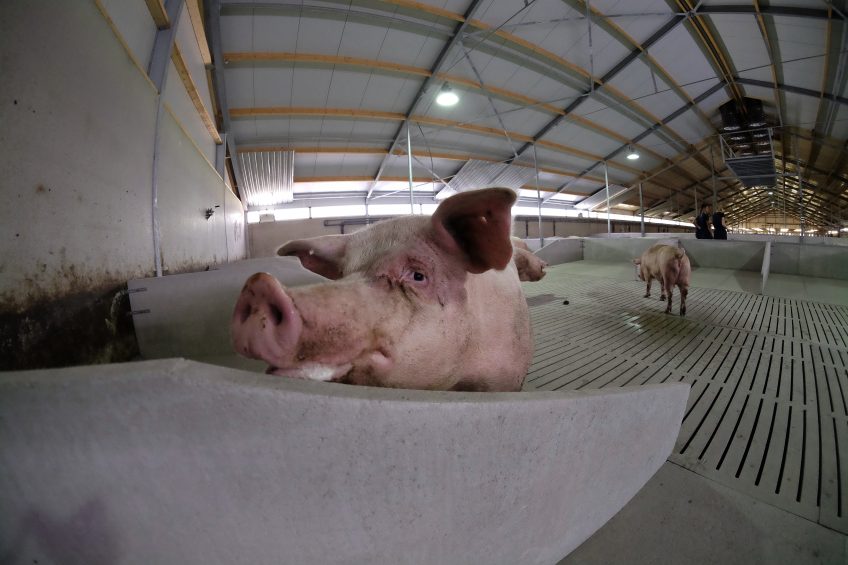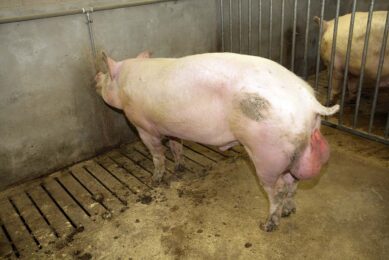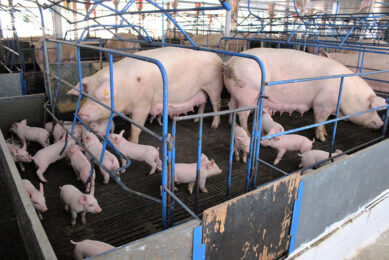Effects of varying floor space on sow behaviour

Having sufficient floor space can be an issue with sows – but it all depends on the moment of investigation. Early in gestation it can be a problem, later in gestation not as much.
That was the outcome of a research conducted by a team of Australian and US scientists, whose scientific publication appeared in the Journal of Animal Science.
Important determinant
Floor space is an important determinant of aggression and stress in group-housed sows. That is why a group of Australian and US researchers set out to research the effects of floor space in the range of 1.45 to 2.90 m2/sow from mixing until 27 days after insemination. They looked into aggression, stress, and reproduction of group-housed sows.
A previous experiment on the effects of floor space indicated spatial variability across and along the research facility in both sow aggression and stress.
Minimising spatial variability
To minimise this spatial variability within the research facility, the team created similar-sized pens but with varying groups sizes (10-20) in four separate blocks of three contiguous pens within each of nine time replicates (180 sows/replicate) were used to examine six space allowances (1.45-2.9 m2/sow).
Space treatments were randomised to pens. In the experiment, sows were introduced to treatments within four days of insemination and were floor fed four times per day (2.5 kg/sow per day). On both days 2 and 26 after mixing, the scientists measured aggressive behaviour (bites and knocks) at feeding and plasma cortisol concentrations.
Random spatial location effects
The research team then examined the treatment effect after accounting for replicate and random spatial location effects within replicate. They found there was a consistent linear effect of floor space allowance on aggression at feeding at day 2 and plasma cortisol concentrations at day 2, with aggression and stress declining with increasing space. However, the researchers did not find effects of space allowance on aggression and stress at day 26.
The researchers concluded: “These results show that increased floor space in the immediate post-mixing period reduces aggression and stress and that sows may adapt to reduced floor space over time. A strategy of staged-gestation penning, with more space immediately after mixing and less space later in gestation, may address both animal welfare and economic considerations, but this clearly requires further examination.”
The research paper was written by P.H. Hemsworth and M. Rice, University of Melbourne, Australia; R.S. Morrison, Rivalea, Australia; A.J. Tilbrook, University of Adelaide, Australia; K.L. Butler, Victoria State Department of Economic Development, Jobs, Transport & Resources, Australia; M. Rice and J. Moeller, The Ohio State University, Columbus, OH, USA.
 Beheer
Beheer








 WP Admin
WP Admin  Bewerk bericht
Bewerk bericht